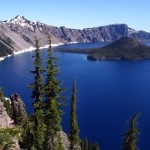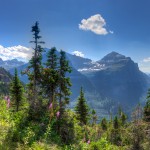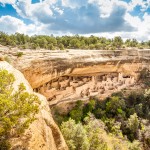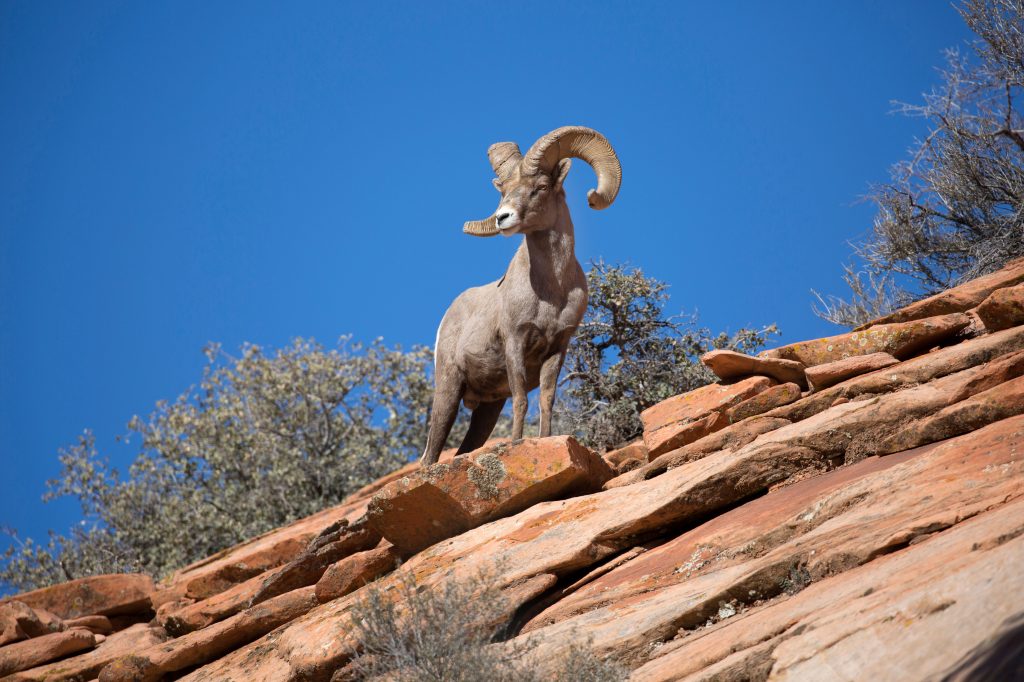Sometimes it seems like the channel of the Snake River of Idaho was carved more by wind than water. It blows so hard along some stretches of the river that Puget Sound Energy, a regional electrical company, put up a wind farm along the lower reaches of the Snake.
It was blowing pretty hard on December 1, 2012, as U.S. Fish and Wildlife Officer Russell Haskett patrolled the Minidoka National Wildlife Refuge along the Snake in southeast Idaho, one of four refuges in the Southeast Idaho National Wildlife Refuge Complex he is assigned to.
It was an unusually warm day for early December on the Snake, but whatever warmth was gained was blasted away again by the chill of the 35 mile per hour winds whipping across icy waters cascading down from the frozen Yellowstone Plateau. As they roiled the waters, the winds also spilled two duck hunters out of their canoe mid-channel.
The call came into the county sheriff’s department but went out over local mutual aid frequencies. Haskett was the first officer to arrive on scene.
Both men were on top of the canoe but were hypothermic and fading fast. Haskett didn’t have any cold-water rescue gear but he did have a wildlife officer’s intimate familiarity with his turf—he knew the river there was broad, but shallow, and that the current was slow in mid-winter. He’d pulled people out before. Armed with that knowledge and a cast-iron confidence in himself, Haskett briskly tied a rope to a stick and waded in up to his neck—75 yards from shore—to fish the hunters out.
One had passed out by the time Haskett got close in the chin-deep water, and he had to make several throws to hook him and pull him off the canoe. The other man was easier to retrieve, but unable to speak. With one under each arm, Haskett waded to shore again, where medics and a helicopter team were waiting. The hunters were flown to a trauma center, with one of them in cardiac arrest. Both survived. And Haskett calmly went back to work.
Search and rescue is only part of the job for Federal Wildlife Officers with the USFWS, but it’s one of the most rewarding, and every year, across the country, officer’s save lives—both human and animal.
What Does a Federal Wildlife Officer Do?
Within the USFWS, Wildlife Officers have a role that is closest to that of a traditional county or state game warden:
- Patrol their assigned territory to enforce wildlife laws
- Manage fish, wildlife, and human interactions
- Monitor fish and wildlife welfare
- Assist in monitoring ecological and environmental issues
- Administer programs for fishing and hunting licensure
- Conduct safety and search and rescue operations as necessary
But the Wildlife Officer role has a different focus and a wider range of responsibilities than that of a traditional game warden.
National wildlife refuges and national monuments are both explicitly designed for conservation and preservation. The rules tend to be stricter regarding the harvesting of fish, game, or other natural resources. Access for recreational purposes may be restricted and some types of transportation may be prohibited, such as motorized vehicles or boats. Individual refuges may be focused primarily on protecting a single species or tiny ecosystem, rather than dealing with the larger, surrounding ecosystem that state agencies are concerned with.
That preservation may involve deeper management of the ecology than would be expected of state wardens. Wildlife Officers are often concerned with wildfire protection and response. Because of their intimate familiarity with the flora and fauna in their territory, they also more often serve as interpreters for visitors.
From Tiny Mille Lacs to Papahānaumokuākea Marine Monument
Wildlife Officers often have much less ground to cover within their home territory. State game wardens cover vast regions of their home state, but federal officers only have responsibility for their own refuges. Tiny Mille Lacs, the smallest refuge in the system, covers only about a half acre, total, over two small islands in a Minnesota lake. Often, as with the Southeast Idaho National Wildlife Refuge Complex, a number of small refuges are combined into a single management complex for administrative purposes, and a team of officers may collectively patrol several nearby FWS properties.
This is not universally the case, however. The Arctic National Wildlife Refuge (ANWR), for example, is 19 million acres, the largest in the system. And the Papahānaumokuākea Marine Monument in Hawaii represents the largest single protected area on the planet, clocking in at just over 582,578 square miles.
Covering such large refuges involves a lot of time in the air and on vessels ranging from 18-foot skiffs to 120-foot ocean-going ships. Officers may also patrol on snowmobiles, on horseback, in trucks, or on foot.
And Wildlife Officers are often juggled through the system to put their limited numbers where they are most needed. Duty stations can range from the semi-urban Patuxent Research Refuge in Maryland to the uninhabited wilds of ANWR. In fact, half of all refuge acres are found in the state of Alaska, making it a common duty station.
Federal Wildlife Officers Occupy Special Enforcement Niches
Unlike state game wardens, federal officers are not necessarily empowered to enforce state laws. Only about half of all U.S. states and territories define federal police officers as peace officers for the purposes of enforcing state statutes. Further complicating matters is the Assimilative Crimes Act (ACA), which allows the incorporation and enforcement of certain state laws for crimes committed on federal lands.
This lack of status can affect not only powers of arrest but also certain legal protections police often have. So, among other adjustments necessary when being transferred either permanently or temporarily outside their normal posting, wildlife officers have to be aware of their scope of powers as they shift between different state and federal jurisdictions.
Some officers may receive qualifications as divers, to patrol underwater parts of refuges. Others serve a dual role, working as both biologists and law enforcement officers. And many serve on interagency incident command teams, providing direct response and logistical support when wildfires break out around the U.S., and sometimes even in Mexico and Canada.
How To Become a USFWS Wildlife Officer
The federal Office of Personnel Management handles the hiring process for wildlife officers. Applications can be filed online at usajobs.gov when positions are open.
Competition is fierce although the official requirements are not stringent. Applicants must:
- Be a U.S. citizen
- Have a valid driver’s license
- Be between 21 and 37 years of age
- Have at least one year of work experience in law enforcement or natural resource management OR have a four-year degree in a related field
- Not have any felony convictions and be able to legally possess a firearm
- Pass a battery of psychological and physical tests and background investigation
In practice, however, most successful applicants have considerably better education and more years under their belt. Many Wildlife Officers have years of experience working as wardens for other agencies before they even apply with the federal service. Russell Haskett, for example, spent 13 years working as a fish and game officer with the Shoshone-Bannock Tribe before joining USFWS.
Officers are paid a base salary within the range of GL-5 ($39,858) and GL-9 ($65,289) with newer, less experienced officers earning on the lower end of the range. Additional locality pay can contribute significantly to these base figures, with officers working in parts of the country with a higher cost of living making considerably more.
The first stop for new hires is the Federal Law Enforcement Training Center in Glynco, Georgia, where they undergo a 17-week course in land management police training. The course covers:
- Conflict management
- HAZMAT awareness
- Tactical driving
- Basic marksmanship and firearms qualification
- Report writing
- Federal criminal law
- Arrest techniques
Following FLETC, officers go on to advanced Federal Wildlife Officer training at the National Conservation Training Center in Sheperdstown, West Virginia. This stage goes deeper into specialty subjects like wildlife laws, fire management, and job-specific topics such as dam safety, diving, watercraft operation and bear safety.
But even with those two schools under their belt, training continues. A 10-week period of field-training follows, where experienced veterans show new officers the ropes. This gives them an opportunity to provide on-the-job instruction that no amount of classroom work can offer.
Finally, rookies serve a one-year probationary period before becoming permanent officers.








